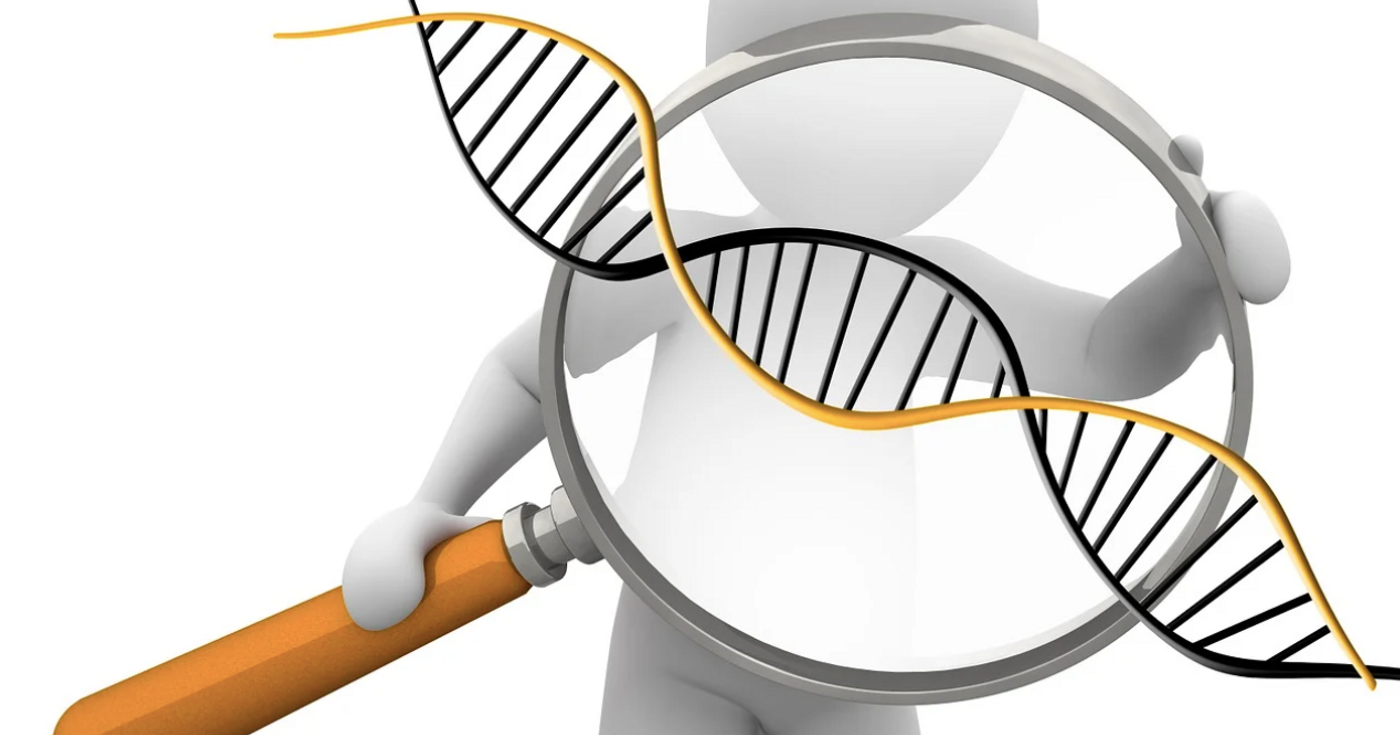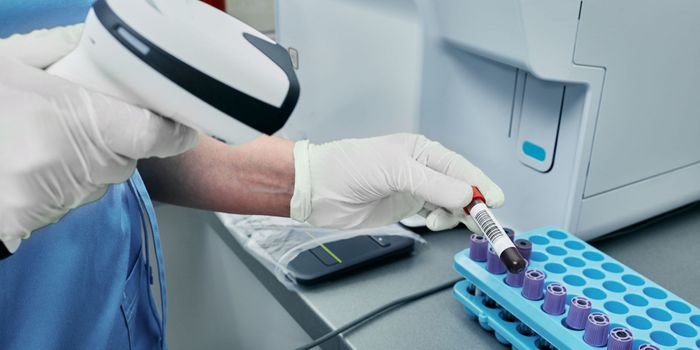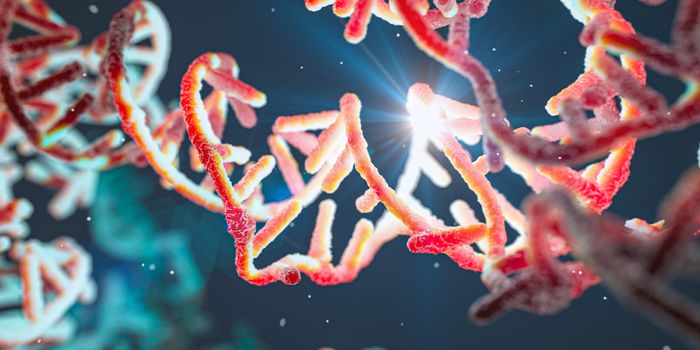Researchers Miniaturize the CRISPR Gene Editing Tool
The CRISPR gene editor uses RNA molecules that act as guides that ta Cas9 proteins, which are like enzymatic scissors, to a particular location in the genome where it's supposed to make a cut. But researcher Stanley Qi, Ph.D., assistant professor of bioengineering at Stanford University, is taking these molecular scissors to the next level. His team has reimagined the tool in miniature, which could dramatically expand its applications. Getting these molecular reagents to the right place so they can make their therapeutic edits is challenging, but this study, which was reported in Molecular Cell, may change that.
“CRISPR can be as simple as a cutter, or more advanced as a regulator, an editor, a labeler or imager. Many applications are emerging from this exciting field,” said Qi.
Cas9 and another enzyme called Cas12a, which are made up of about 1360 amino acids, are usually used in CRISPR gene editing. In this study, the researchers engineered a protein called CasMINI which is only 529 amino acids. The investigators demonstrated that it can alter DNA just like Cas9 or Cas12a. (Cas9 requires two 'helper' RNA molecules while Cas12a needs one.)
The CRISPR system comes from a microbial immune defense against viruses that infect single-celled organisms like bacteria or archaea. So there are many Cas enzymes. In this work, the researchers began with a small enzyme called Cas12f, which is also known as Cas14. Since this enzyme comes from archaea and not bacteria, it needed some major changes before it would make edits to mammalian cells.
“We thought, ‘Okay, millions of years of evolution have not been able to turn this CRISPR system into something that functions in the human body. Can we change that in just one or two years?’” said Qi. “To my knowledge, we have, for the first time, turned a nonworking CRISPR into a working one.”
The researchers carefully selected mutations to make in the Cas12f, which their work showed would not make edits to DNA in human cells. They made a variety of Cas12f mutants and tested their efficacy with an assay they developed that would cause cells to glow green when a mutant enzyme made an edit.
“At first, this system did not work at all for a year,” said lead study author and postdoctoral researcher Xiaoshu Xu, Ph.D. “But after iterations of bioengineering, we saw some engineered proteins start to turn on, like magic. It made us really appreciate the power of synthetic biology and bioengineering.”
After getting a foothold, the researchers were able to make more improvements to Cas12f over time. The enzyme only edited a few cells at first, and gradually, more and more glowed until almost every cell did.
A guide RNA molecule was also made for this system to take CasMINI to the proper place in the genome. After testing a variety of genes, the researchers concluded that this miniature gene editor works well and may have potential as a clinical tool.
Sources: Stanford University, Molecular Cell









